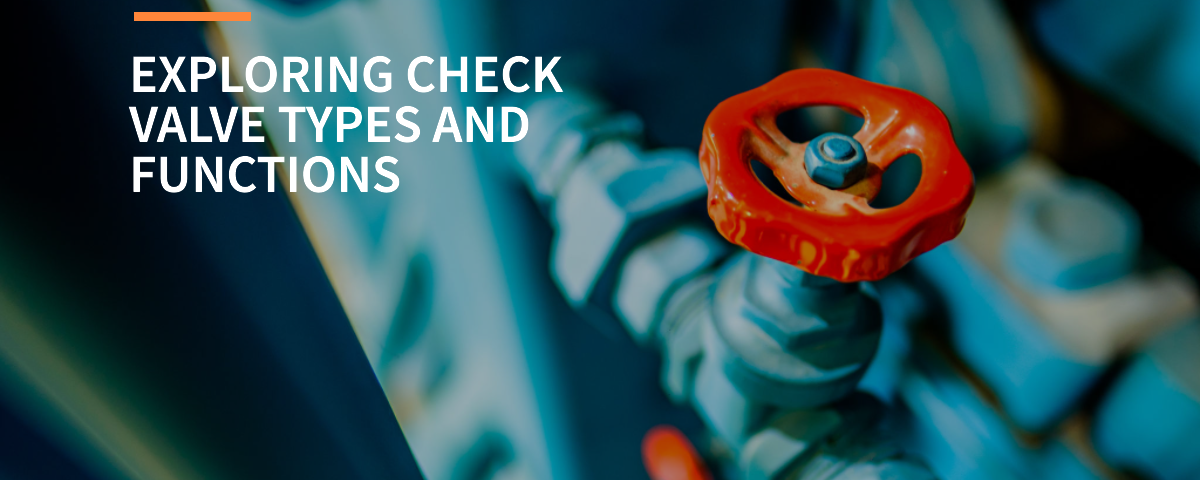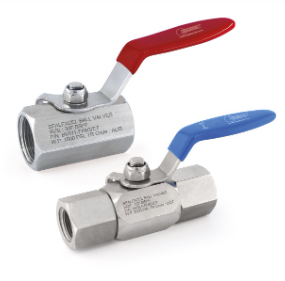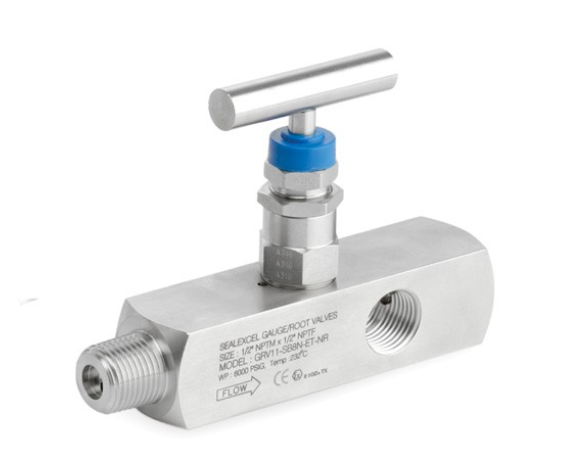
A Comprehensive Guide to Choosing the Right SS Ball Valve for Your Needs
June 28, 2023Ball Valve Manufacturing: A Comprehensive Insight into the Process
August 5, 2023Table of Content
Understanding Check Valves
Types of Check Valves
1. Swing Check Valve
2. Ball Check Valve
3. Lift Check Valve
4. Diaphragm Check Valve
Functions of Check Valves
1. Preventing Reverse Flow
2. Protecting Equipment
3. Maintaining Pressure
4. Minimizing Water Hammer
Conclusion
In the world of fluid mechanics, the check valve plays a crucial role in controlling the flow of liquids and gases. It serves as a vital component in numerous industries, ensuring efficient operations and preventing backflow or reverse flow. In this comprehensive article, we will delve into the depths of check valves, exploring their various types and functions, shedding light on their significance in different applications.
What is Check Valves
A check valve, also known as a non-return valve or one-way valve, is a mechanical device designed to allow fluid or gas flow in only one direction. It operates automatically, relying on the pressure of the fluid to open or close the valve. This unique functionality makes check valves indispensable in systems where the prevention of reverse flow is crucial.
Types of Check Valves
1. Swing Check Valve
The swing check valve is one of the most common types of check valves. It consists of a hinged disc that swings open to allow fluid or gas flow in one direction and swings back to its closed position to prevent reverse flow. This design is particularly effective in applications with low flow rates and minimal pressure differentials.
2. Ball Check Valve
As the name suggests, a ball check valve features a spherical ball that acts as the disc to control the flow. When the fluid or gas pressure exceeds the force of gravity, the ball is lifted, enabling flow in one direction. When the pressure equalizes or decreases, the ball returns to its seating position, blocking any reverse flow. Ball check valves are widely used in applications with high flow rates.
3. Lift Check Valve
The lift check valve operates on the principle of a guided disc that moves along the vertical axis to control the flow. It allows fluid or gas to flow upward but prevents backflow when the pressure decreases, causing the disc to close. This type of check valve is commonly utilized in vertical flow applications.
4. Diaphragm Check Valve
The diaphragm check valve utilizes a flexible diaphragm as the closing mechanism. When the pressure on the inlet side exceeds the outlet side, the diaphragm flexes, allowing flow in one direction. Once the pressure equalizes or reverses, the diaphragm returns to its original position, obstructing any backflow. This type of check valve finds its applications in industries requiring precise flow control.
Functions of Check Valves
1. Preventing Reverse Flow
The primary function of a check valve is to prevent reverse flow in a system. By allowing fluid or gas to flow in one direction only, it ensures that the intended path is maintained, avoiding costly and potentially hazardous backflow situations.
2. Protecting Equipment
Check valves act as protective barriers for sensitive equipment within a system. By preventing reverse flow and subsequent damage, they safeguard pumps, compressors, and other machinery, prolonging their lifespan and reducing maintenance costs.
3. Maintaining Pressure
In certain applications, maintaining consistent pressure is critical. Check valves help in achieving this by controlling the flow direction and ensuring that pressure is maintained within the desired range.
4. Minimizing Water Hammer
Water hammer refers to the pressure surge that occurs when the flow of liquid is abruptly stopped or redirected. Check valves assist in minimizing water hammer by allowing the flow to be interrupted gradually, preventing sudden pressure spikes and associated damage.
Conclusion
Check valves are vital components in fluid and gas systems, offering reliable and efficient control of flow direction. With their diverse types and essential functions, they play a crucial role in maintaining operational integrity across various industries. By understanding the intricacies of check valves, we can optimize system performance, enhance equipment longevity, and ensure the safety and reliability of our processes.



